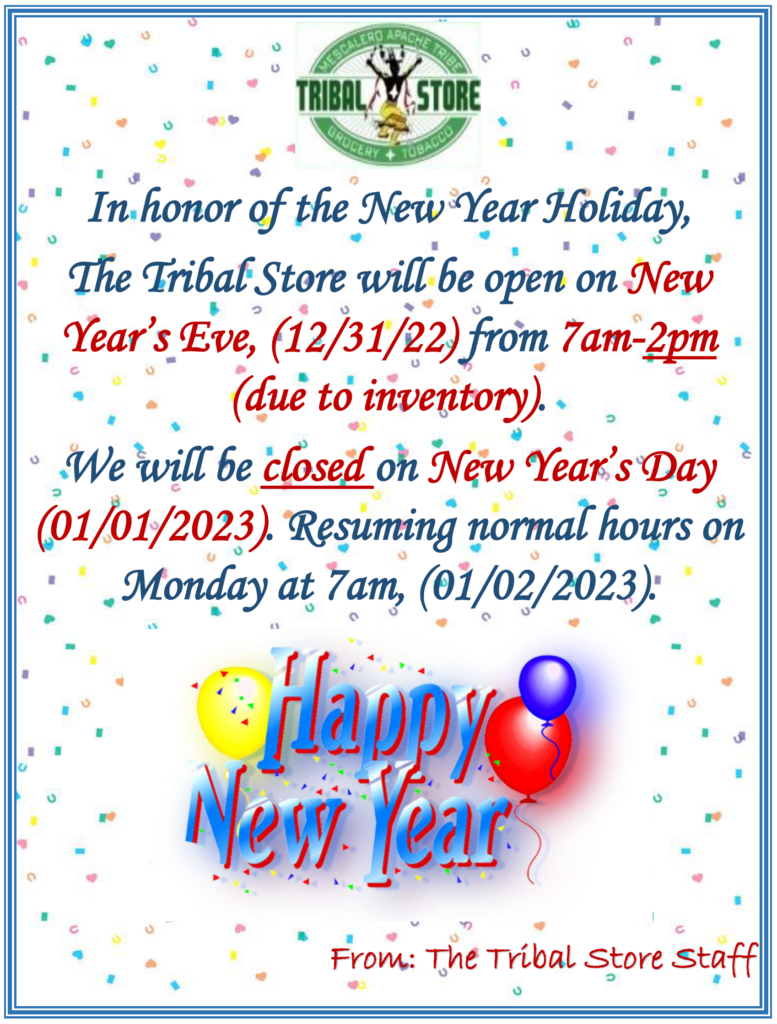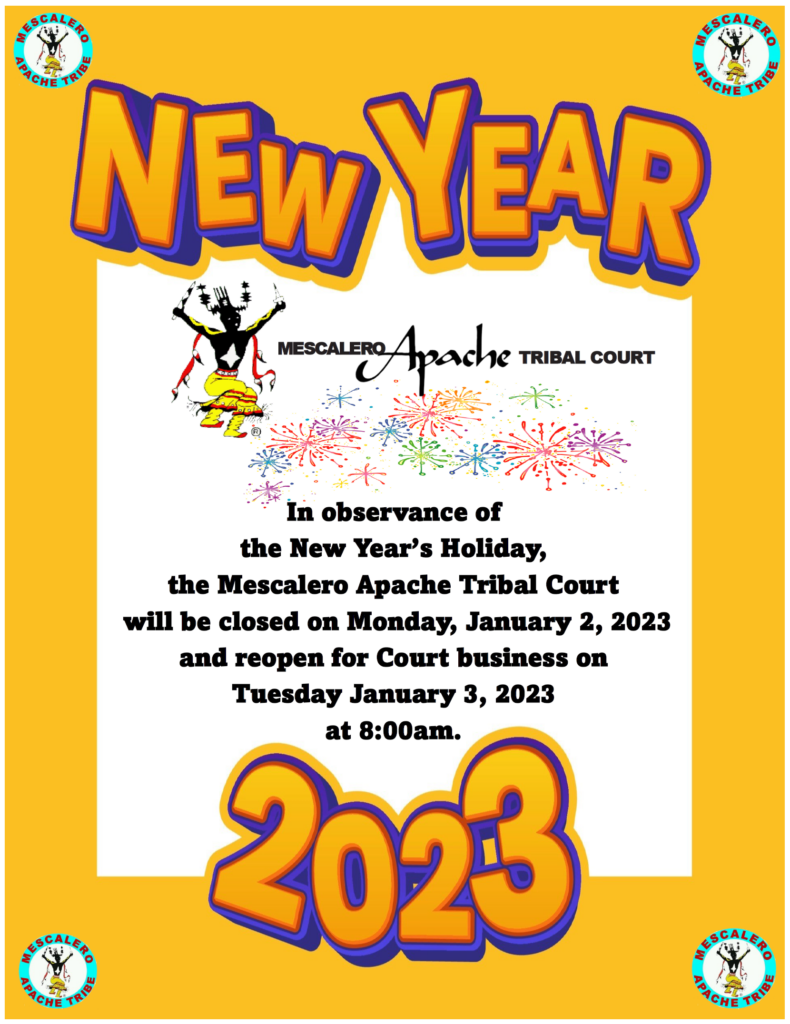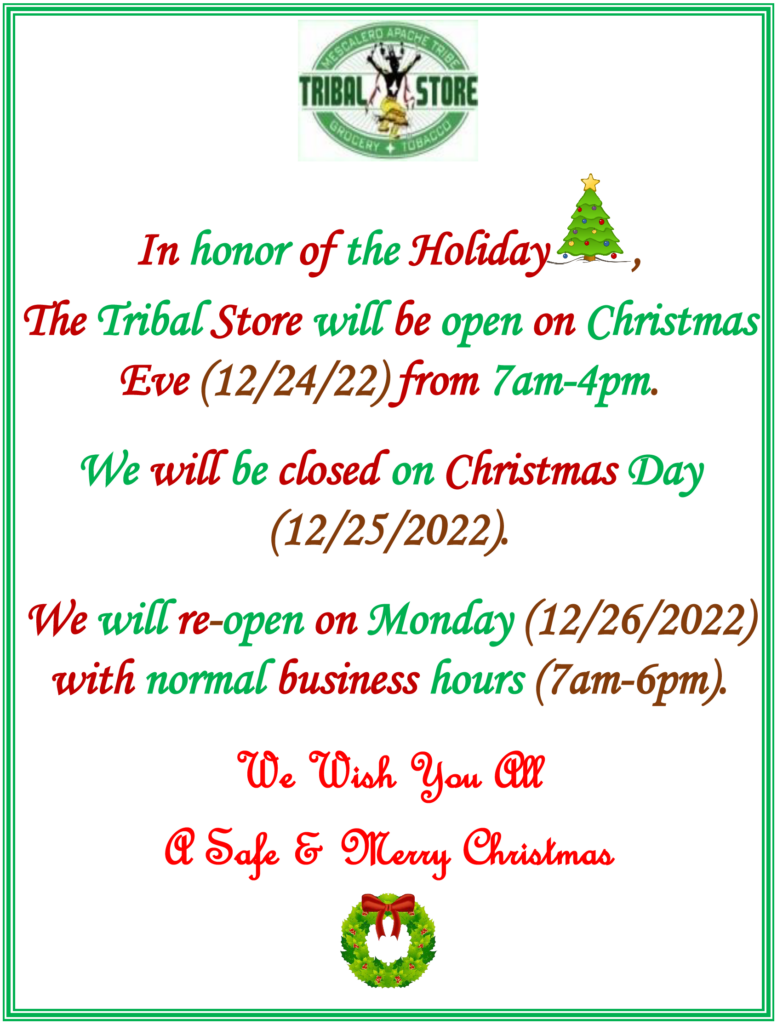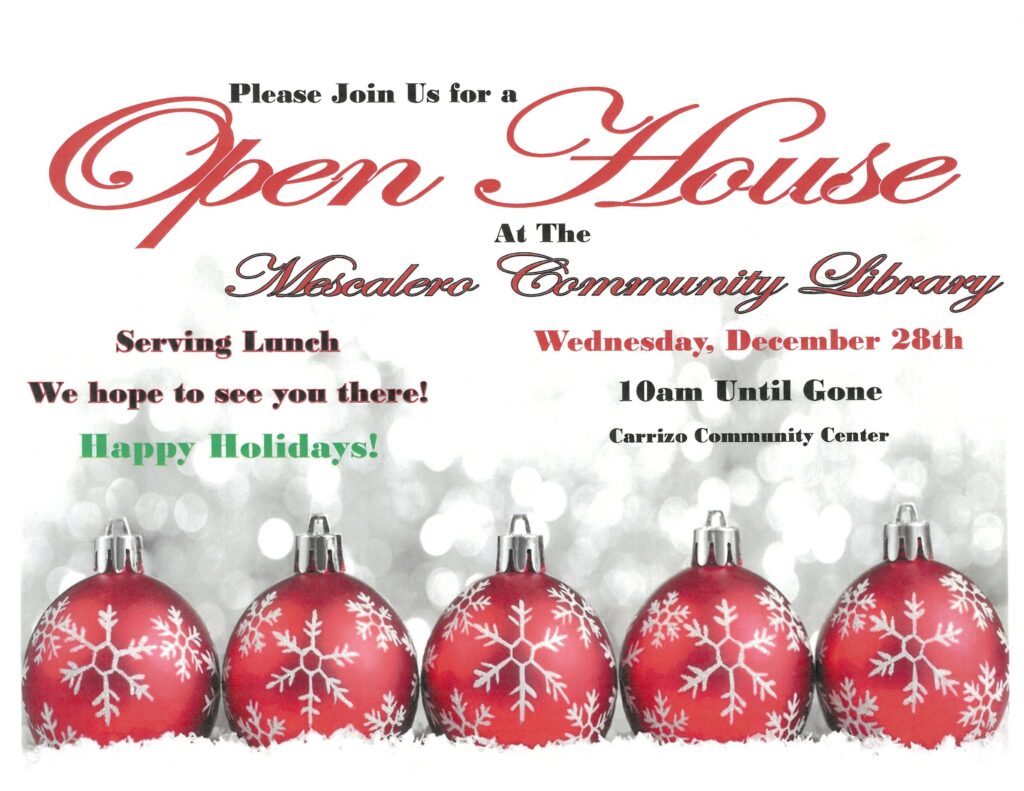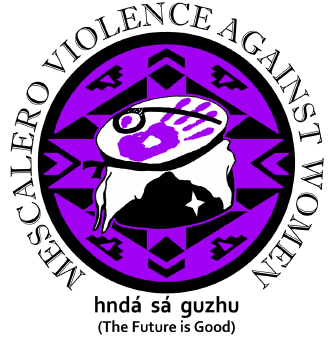

The new year is an opportunity to set new goals, try something new, and create change for a brighter future. The Violence Against Women Program is committed to working with our community to prevent domestic violence, strengthen our advocacy work, and to provide culturally centered services that help our clients access traditional healing and reconnect with their Mescalero Apache traditions.
The program is excited to start the new year by offering Positive Indian Parenting classes which will begin on January 10, 2023; contact Marina Rice for more information. Additionally, the monthly empowerment events will continue; the next event, “New Year, New You” is scheduled for January 20, 2023 from 10 am to 2pm.
These monthly events offer a space to be inspired, participate in personal development workshops, and enjoy a Mescalero Apache cultural presentation.
The program is committed to providing meaningful opportunities for the community to heal, learn, and grow in a positive and enriching environment. If you or someone you know is a victim of domestic violence, please call 911 in an emergency or contact our office for help.
Health and happiness to you and yours in the new year ahead!
LeClaire Gayton, Edith Morgan, Gwen Bell, Marina Rice & Starlyn Bigrope
Mescalero Violence Against Women Program
451 Warbonnet Dr.
Mescalero, NM 88340
(575) 464-0078
Monday—Friday 8a—4:30p
(An Advocate is On-Call 24/7)


